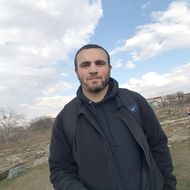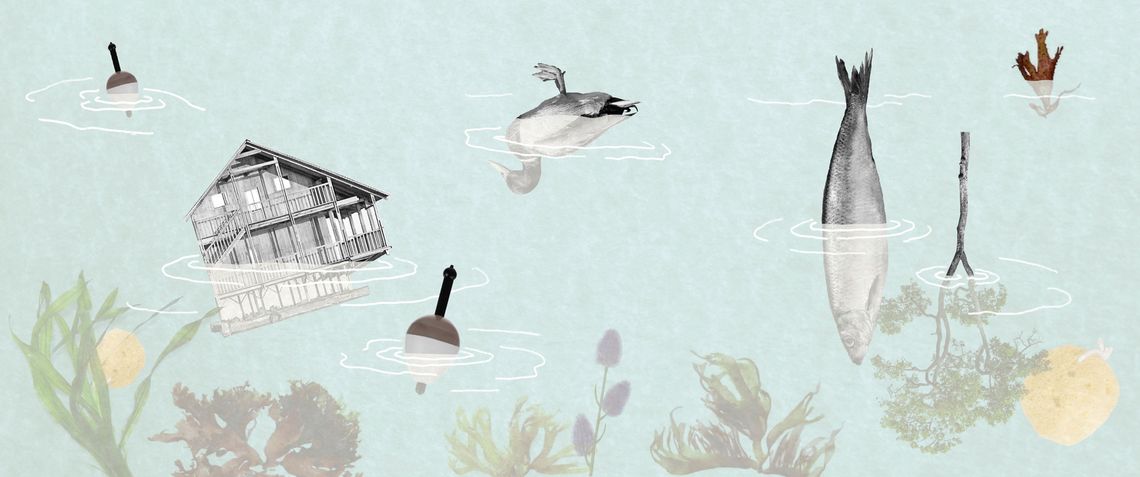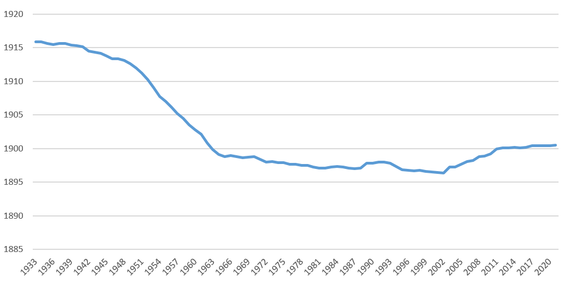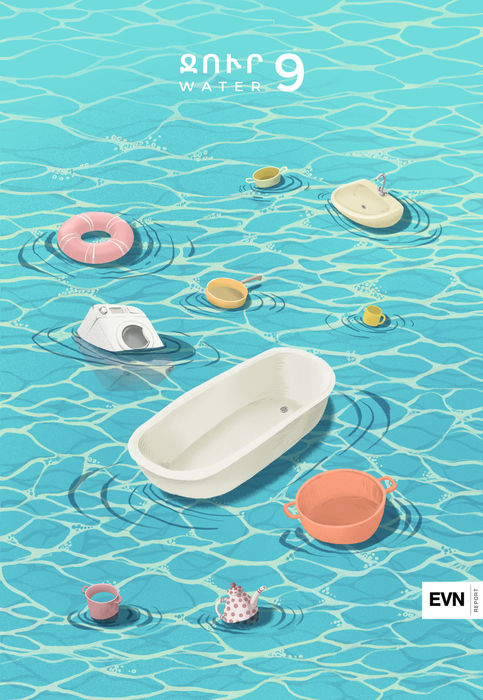The altitude of the surface of Lake Sevan between 1933 and 2021
In 2004, the Armenian government officially inaugurated the 22 km long Vorotan-Arpa tunnel, which intends to bring additional water (around 165 million cubic meters) from the Spandaryan Reservoir to Arpa (Kechut Reservoir), and from there to Lake Sevan. Its construction began in 1981, when the Arpa-Sevan tunnel was completed, but it has never operated.
Legislation, Stagnation and Potential Corruption Risks
The 2001 “Law on Lake Sevan” describes the lake as an “ecosystem of strategic importance” for its many uses. A December 2008 government decree officially set the goal of raising the surface of Sevan to the 1905 m mark (actually 1903.5 m, an additional 1.5 m is considered for waves). According to another 2001 law regulating other aspects of Lake Sevan, the maximum volume of water allowed to be drawn from the lake is set at 170 million cubic meters annually. However, the government (with parliamentary approval) can allow an additional amount of water to be released from the lake if the country (especially the Ararat plain) is experiencing drought. In 2017, for instance, the parliament voted to release an additional 100 million cubic meters, bringing the total to 270. Before that, both 2012 and 2014 also saw water balance deficits due to additional releases of water for irrigation. Meanwhile, the Arpa-Sevan tunnel was undergoing renovation for much of the 2010s. These two factors coupled together resulted in no significant increase in its surface levels since 2011.
There has been much speculation about why this happened. One widely suspected motivation could have been an attempt by the monied elites to save their waterfront mansions and other properties they have built on the shore of the lake in the past decades. Many former officials and politicians, such as former police chief Vladimir “Vova” Gasparyan, former MP and leader of the Prosperous Armenia Party Gagik Tsarukyan, former MP and Armenian Football Federation director Ruben Hayrapetyan, Sedrak Kocharyan, the son of former president Robert Kocharyan, Sasun Mikayelyan and others have properties under the 1905 m mark on Sevan’s shores, which makes them illegal. By not raising the surface level of Sevan, their properties were saved.
One explanation has been given for the extended maintenance works of the Arpa-Sevan tunnel. On the Yeghegis River, where the waters of Arpa were diverted during the renovation of the tunnel, some influential individuals own hydropower plants. Among them are the nephew of president Serzh Sargsyan, Archbishop Abraham Mkrtchyan of Vayots Dzor, the son of the financial control department of the Central Bank and the son-in-law of former prime minister Tigran Sargsyan.
A criminal probe is warranted to assess how conflict of interest could have undermined the proper conservation of the environment.
Continued Environmental Problems
Sevan has seen “blooming” since 2018. It was, in fact, an algae bloom, which according to the Environment Ministry, had first occurred in 1964. The ministry identified several causes, most notably the discharge of untreated wastewater from nearby settlements, including household sewage, agricultural waste and waste from the numerous resorts, hotels and restaurants. Other causes include overfishing, the presence of organic matter in the coastal areas where planted forests have come under water, high temperature and climate change, low precipitation, and intense winds. A recent study by a group of experts noted that their “observations mark the transition of this previously oligotrophic high mountain lake into a eutrophic lake with scum-forming cyanobacterial blooms.”
Back in July 2019, Prime Minister Nikol Pashinyan’s chief of staff Eduard Aghajanyan said that the government plans to consider building biological waste treatment stations in three cities in the Sevan basin: Gavar, Martuni and Vardenis. Experts such as Gor Gevorgyan of the Armenian Academy of Sciences and Karsten Rinke of Helmholtz Centre for Environmental Research agree that biological waste treatment is vital for saving the lake from further degradation and repeated algae blooms. According to water resources specialist Knarik Hovhannisyan, out of the 400 establishments on the coastal areas of the lake, only 14 treat their wastewater. So far, the Pashinyan government has not made any concrete steps in this direction, citing lack of funds.









